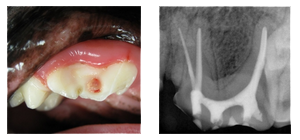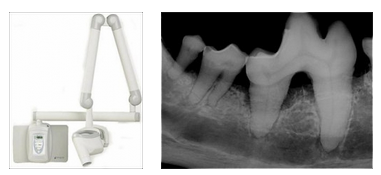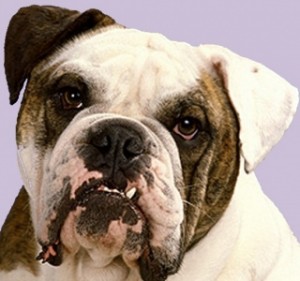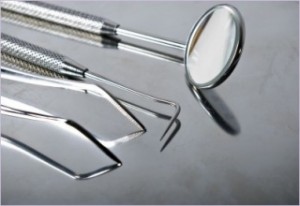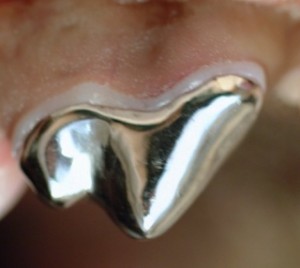Advanced Veterinary Dental Surgery provides services to dogs and cats in the following disciplines of dentistry:
- Endodontics- broken teeth
- Oral and Maxillofacial Pathology- stomatitis, oral cancer
- Oral and Maxillofacial Radiology- TMJ disorder, oncology treatment planning
- Oral and Maxillofacial Surgery- broken jaws, complicated extractions
- Orthodontics- malocclusions, cleft palate
- Periodontics- gum disease
- Prosthodontics- crowns
Endodontics:
Endodontics is the branch of dentistry which is concerned with the dental pulp (blood and nerve inside the tooth) and tissues around the tooth root.
Oral and Maxillofacial Pathology:
Oral pathology is a science that looks at how oral disease changes the mouth, face and jaw. Often, we use biopsies (microscopic study of tissue samples) as a tool to help us with the identification and management of diseases. If we know what we are treating, we are more likely to know the ideal way to treat it.
Oral and Maxillofacial Radiology:
We use radiology to create and decode images of the teeth, face and jaw. The information these images contain helps us avoid missing problems that are hidden below the gum line. We also use radiographic images to plot out the best course of treatment. Dental x-rays are the minimum standard of care that should be offered before any surgery is performed on the teeth or jaw. Now that MRI and CT images are becoming more common, dentists have even better tools for managing oral health problems.
Oral and Maxillofacial Surgery:
Oral surgery removes or repairs diseases, injuries and defects of the hard and soft tissues of the mouth, face and jaw. An oral surgeon removes tumors, fixes broken jaws, and repairs cleft palates. The goal of surgery is to restore a healthy balance of function and quality of life.
Orthodontics:
Orthodontics includes the diagnosis, prevention/intervention, and correction of malocclusion. Genetic counselling and careful breeding are the most important ways to prevent malocclusions.
Periodontics:
Periodontics keeps a veterinary dentist very busy. We use this science to prevent, diagnose and treat diseases of the tissues that support the teeth. We also work to maintain the health, function and esthetics of these tissues. When periodontics is unsuccessful, the end result is tooth loss.
Prosthodontics:
Prosthodontics is the science of replacing all or part of a missing tooth. It includes the maintenance of oral function, comfort, and health of patients with missing or deformed teeth. Biocompatible substitutes for the teeth are used to make crowns. Although dental implants are state of the art for humans, dogs and cats are not currently good patients for this type of treatment.

